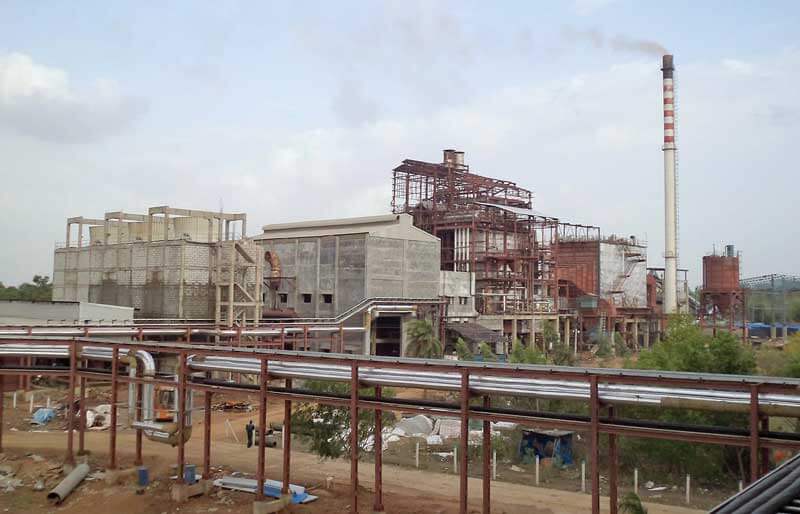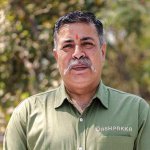Mr. R N Agarwal, Chairman & Managing Director, N R Agarwal Industries Ltd., takes us through the water treatment practices, their investment into water treatment infrastructure, and the steps taken by the company in order to minimise the water consumption.
Our water treatment process and wastewater treatment strategies…

Growing water scarcity and heightened awareness associated with water conservation are prompting more industrial manufacturers to explore water recycling within facilities – a strategy that also reduces wastewater effluent volumes.
Water recycling is an attractive proposition for industries such as pulp & paper that withdraw large volumes of water or have highly polluted waste streams and are subject to increased charges for disposal.
Many of the progressive initiatives in the pulp & paper industry regarding water treatment and reuse have been a direct result of the growing importance of corporate and environmental responsibility. The paper industry has made great improvements in treating process water streams and recovering residual pulp fibers, calcium carbonate, and water volume.
We, at N R Agarwal Industries, are also working hard in order to reduce water consumption in our all units, and adopting the latest technologies for the treatment of wastewater to achieve the goal and we are successful in reducing a substantial amount of water consumption.
As far as the treatment system is concerned, for the writing & printing unit, we have a buffer tank cum equalisation tank followed by a screening system/flash mixer and flocculator before treating the rich wastewater in the primary clarifier wherein suspended solids are removed and the clear water is treated for the secondary stage, that is, a biological treatment followed by secondary clarifier.
We also have tertiary treatment in the form of RO and recover almost 2300 m³ of water per day, which is a direct saving of freshwater. Running RO is a complicated process, as we initially installed a 1000 m³ per day capacity RO and faced a lot of problems including very high treatment costs. Later on, we rectified all the issues with huge investment and also installed an additional RO line of 1300 m³ per day capacity. Today, we can proudly say that our both RO systems are running continuously and are giving the desired output of 2300 m³ per day.
For board units, we have a full-fledged treatment system and use the maximum possible treated water in the system and thereby controlling freshwater consumption.

Our investment into water treatment infrastructure…
N R Agarwal Industries is continuously investing in the treatment of wastewater in order to further reduce water consumption. In the last three years – 2019 to 2021, we have invested more than INR 37 crore in increasing the capacity of secondary treatment and installing a new tertiary treatment system in the form of RO.
Watch: Evolution of Paper Based Packaging
Water consumed per tonne of paper produced…
The water consumption of N R Agarwal Industries per tonne of paperboard is hardly 3.5 m³.
Measures undertaken to minimise the consumption…
We are able to reuse the treated wastewater back into the system, resulting in the reduction of wastewater discharge quantity.
Also Read: Paper Boat Needs WATER to Float… Save it!
Path-breaking steps taken…
The environmental problems of the pulp & paper industry are not limited by the high water consumption. Wastewater generation, solid wastes including sludge generated from wastewater treatment plants, and air emissions are other problems and effective disposal and treatment approaches are essential.
We, at N R Agarwal Industries, have adopted the technologies wherein solid waste is being used as a source of energy thereby reducing the use of steam coal and saving the environment.



